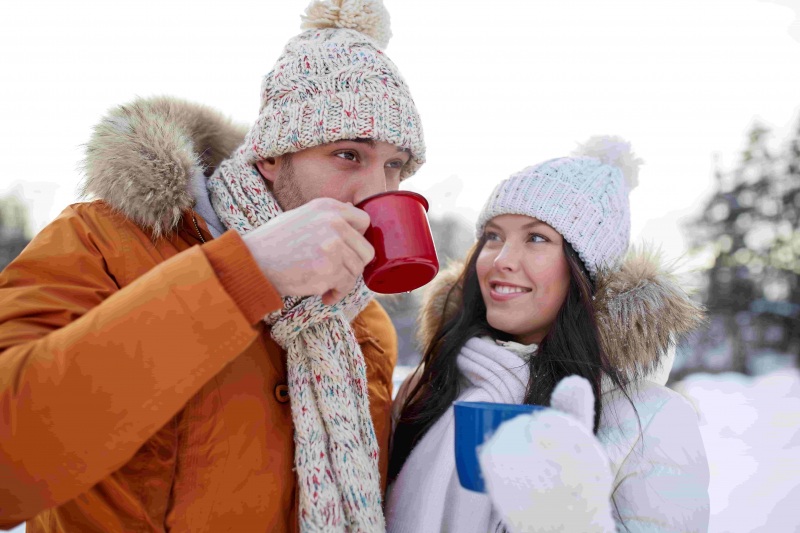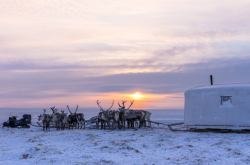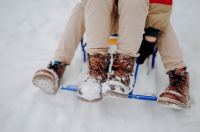Let’s start from the ground up. Boots. Warm boots in the winter are absolutely critical to surviving the cold. I believe the two most important factors for choosing the right boots are warmth and grip. When things get slippery out there, the last thing you want is for your shoes to let you down. During my first winter, I even bought external ice grips that latched onto my shoes, but they turned out to be more trouble than they were worth and scary when you enter a building. When you are looking for shoes in St. Petersburg, you can ask what temperature they are suitable for to make sure you’re prepared for the coldest days in the city (about -20 degrees Celsius).
If you can only manage to buy one pair of shoes in the winter and don’t want to find yourself in -20 degrees shoes all winter long, you can also ramp up your existing pair with warm insoles [стельки – stelki] or socks [носки – noski]. Wool and fleece are great options for these. Also, consider the length of the socks you wear. Ankle socks are rarely warm or appropriate when wearing boots. Insoles can really add a few extra degrees in the shoes, and also are a great way to revive old worn-out shoes.
When it comes to keeping your legs warm, stockings [колготки – kolgotki] or long johns [кальсоны – kalsony] are a game changer. There are some really warm and thin ones out there that you can wear under jeans, pants, and of course with skirts and dresses. One of the downsides to wearing thermal underpants is that they can get really warm indoors and you can't remove them easily. I had friends in Siberia who would walk the streets all layered up and carry a plastic bag with them. When they entered my apartment, they did a full costume change in the bathroom and packed their warm inside layers into the plastic bag.
If you come from a warm country, your pants or jeans are likely to not be made for winter days, so it’s worth buying new pants in Russia that can handle the cold. If you’re really struggling with the low temperatures, ski pants, while not quite a fashion statement, can keep your bottom half feeling very cozy in the snow. The benefit of ski pants is that they provide an outer layer that you can wear over your pants, and they’re perfect for knee-high snow situations, as they are usually made of waterproof material too. I made good use of my ski pants on an average day in Novosibirsk, but I haven’t needed them walking around St. Petersburg.
Photo by Anastasia Leonova on Unsplash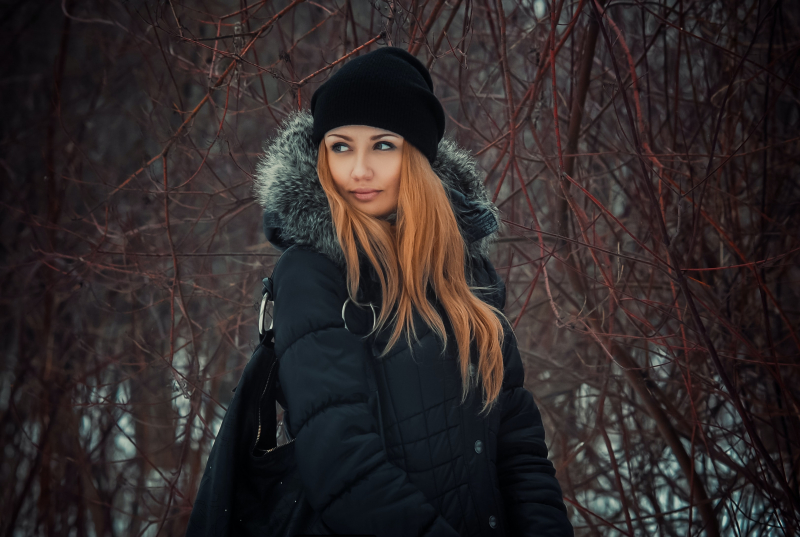
Then comes the biggest decision: getting the right coat! If you have the perfect coat or jacket, it’s less important how you layer underneath. For me, it’s enough to have a good down jacket [пуховик – pukhovik] that keeps me warm the whole winter. Length is important: I like to have a jacket that goes down to my knees so I’m warm all over. If you like more mobility, for say, skiing or running, you’ll want to opt for something shorter. Again, when browsing for a good jacket, you should ask what temperature it’s designed for. Just because a jacket is puffy doesn’t mean it's warm: sometimes the flatter ones are warmer, and investing in the latest technology goes a long way. The puffy-style jacket isn’t for everyone, though, and many opt for standard overcoats [пальто – palto] or fur coats [шуба – shuba] which are usually more fashionable; but the downside is that they often don’t have a hood to protect your face from the wind. The benefit of a good winter down jacket is its fur-lined hood. Warm coats and jackets can be very pricey, so be prepared to put aside some money for this. It's better to get one really warm and good quality coat or jacket for the whole winter than to be freezing with lighter/cheaper coats.
One of the first pieces of winter advice I received in Russia was to make sure to keep the extremities of the body warm since they freeze the quickest. That means a good hat [шапка – shapka] to cover your head and ears, a warm scarf [шарф – sharf] for your neck, and gloves [перчатки – perchatki] or mittens [варежки – varezhki] for your hands. Make sure to layer up around your chest too! Scarfs come in different sizes and shapes, so it’s great to get a wide scarf that can be easily transformed into a shawl to cover your head from the wind. A popular look is a snood [снуд – snood], which is basically a looped scarf with no ends. That way you won’t find yourself dropping your scarf into puddles.
Photo by Dylan Ferreira on Unsplash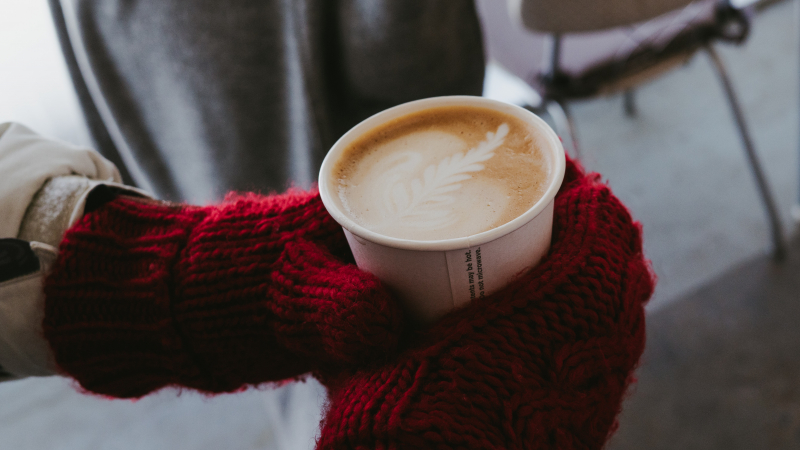
I’ve found that mittens, not gloves, are critical for staying warm in really freezing temperatures. The idea is that because your fingers are close together, they can keep each other warm, which is not the case when wearing regular gloves. If you don’t want to lose your mittens, you can buy the kids-style ones with a string connecting them. Sure, it’s not exactly fashionable, but it sure is functional. I had one such pair for a while and I enjoyed always being warm and never worrying about losing them, although some friends made fun of me!
One thing to keep in mind when dressing for winter is to consider how much time you’ll be spending outdoors versus indoors. If your day is mostly indoors and on public transport, it might be ok to dress a little lighter; but if you’ll be spending a considerable amount of time outside, layer up!
I am often in awe of how stylish everyone looks on the streets. While I find I’m waddling around like a penguin with all my layers, others are strolling down the street like they’re on a catwalk. It might take years of building up your winter wardrobe to bring together both style and warmth. But I always opt for warmth!
